Extra Flaky Vegan Pie Crust
5.0
(2)
Your folders
Your folders
Prep Time: 45 minutes
Total: 135 minutes
Servings: 1

Ingredients
Export 3 ingredients for grocery delivery
Instructions
Step 1
In a large bowl, whisk together the flour, sugar and salt.Tip: If you're working in a very warm kitchen, you can chill the bowl and your combined dry ingredients in the fridge for about 30 minutes before starting. This will reduce the chances of the vegan butter getting too warm and soft when you make the pie dough.
Step 2
Add the cold vegan butter (from the fridge) and use your fingertips to work it into the dry ingredients until you get a mixture resembling breadcrumbs.Tip: This prevents gluten development in subsequent steps and ensures that your baked pastry will be nice and tender.
Step 3
Add the frozen, sliced vegan butter. Toss it in the dry ingredients, and make sure that it’s all evenly covered in flour. If any pieces of butter have clumped together, break them up.Tip: Using frozen butter prevents it from melting too quickly, and maximises the flakiness of the final, baked pastry.
Step 4
Add the cold water, 1-2 tablespoons at a time. After each addition of water, gently toss all the ingredients together with your fingertips, ensuring that the flour is evenly hydrated. Tip: You might not need all the water listed in the recipe, as different brands/types of all-purpose flour absorb slightly different amounts of moisture. I’ve found that I usually use all of it.
Step 5
When the dough starts clumping together, give it a quick knead (pressing it against the sides of the bowl) until it comes together in a ball. Don’t over-work the dough as that can result in gluten development and a tough pastry.The final vegan pie dough won’t look smooth: it might crack slightly in places and it will look a bit “shaggy” – that’s perfectly fine. As long as there aren’t any completely dry spots (all the flour should be hydrated) and you can see large pieces of butter, you can proceed with the next step. If you do see patches of dry flour, sprinkle them with some extra cold water. (See blog post for photos of what the pie dough should look like.)
Step 6
Wrap the pie dough in cling film and chill in the fridge for 1-2 hours. I don’t recommend freezing the dough at this stage, as it can lead to cracking when you roll it out in the laminating step.
Step 7
Lightly flour your work surface and the top of the chilled pie dough.
Step 8
Tap on the pie dough with a rolling pin to make it more pliable.
Step 9
Roll it out into a long rectangle. The exact dimensions don’t matter much, just make sure that you don’t roll it thinner than about 3-4mm. While rolling, make sure that it doesn’t stick to the surface, by occasionally sliding your hands underneath.
Step 10
Turn the dough so that a short end is closest to you. Brush away any excess flour and fold the dough as you would an A4 letter – the top third down towards the middle and the bottom third up over it. This is called a "letter fold".
Step 11
Rotate the dough by 90 degrees (so that the open ends are closest and farthest from you). Roll out into a similar-sized rectangle and repeat the letter fold. Tip: If the dough becomes too soft at any point, chill it in the fridge for 15-20 minutes before proceeding.
Step 12
After the two letter folds, wrap the dough in cling film and chill it in the fridge for at least 30 minutes or until needed.
Step 13
Use as instructed in the chosen pie recipe.This recipe makes enough pie dough for one single-crust 9 inch (23cm) pie, but is easily doubled if you want to make a double-crust pie (with a lid or lattice).
Step 14
The vegan pie crust keeps well wrapped tightly in cling film for 1 week in the fridge or 2-3 weeks in the freezer. When you want to use it, allow it to thaw at room temperature before using. If you press down on it with a finger, it should leave an indentation – but it should feel firm, not too soft to the touch.
Top similar recipes
Curated for youYour folders

 349 views
349 viewsExtra-Flaky Pie Crust
cooking.nytimes.com
4.0
(205)
Your folders

 418 views
418 viewsextra-flaky pie crust
smittenkitchen.com
Your folders
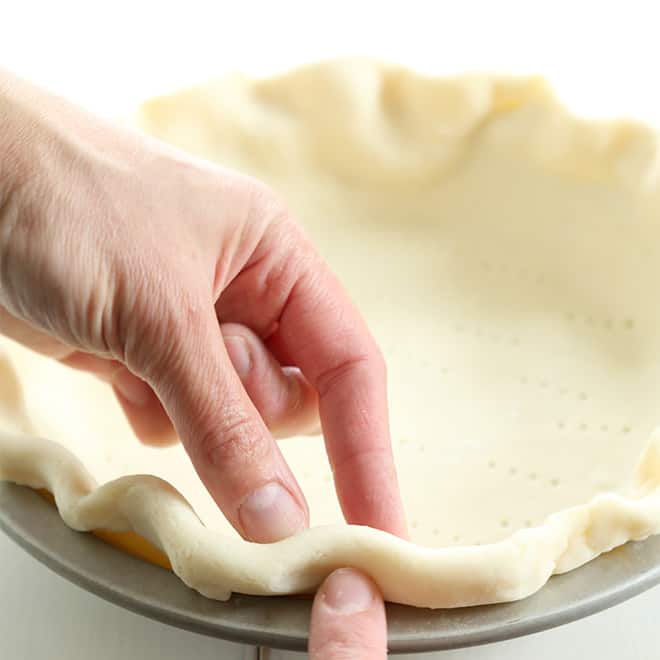
 360 views
360 viewsExtra Flaky Gluten Free Pie Crust
glutenfreeonashoestring.com
5.0
(1.0k)
10 minutes
Your folders
 400 views
400 viewsExtra Flaky Gluten Free Pie Crust
glutenfreeonashoestring.com
Your folders

 127 views
127 viewsExtra Flaky Gluten Free Pie Crust
glutenfreeonashoestring.com
5.0
(1.3k)
10 minutes
Your folders

 576 views
576 viewsFlaky Vegan Pie Crust
ilovevegan.com
5.0
(1)
Your folders

 120 views
120 viewsFlaky Pie Crust
everydaypie.com
4.7
(16)
Your folders

 26 views
26 viewsFlaky Pie Crust
cooking.nytimes.com
4.0
(515)
5 minutes
Your folders

 221 views
221 viewsExtra Flaky All-Butter Gluten Free ...
theloopywhisk.com
5.0
(10)
Your folders
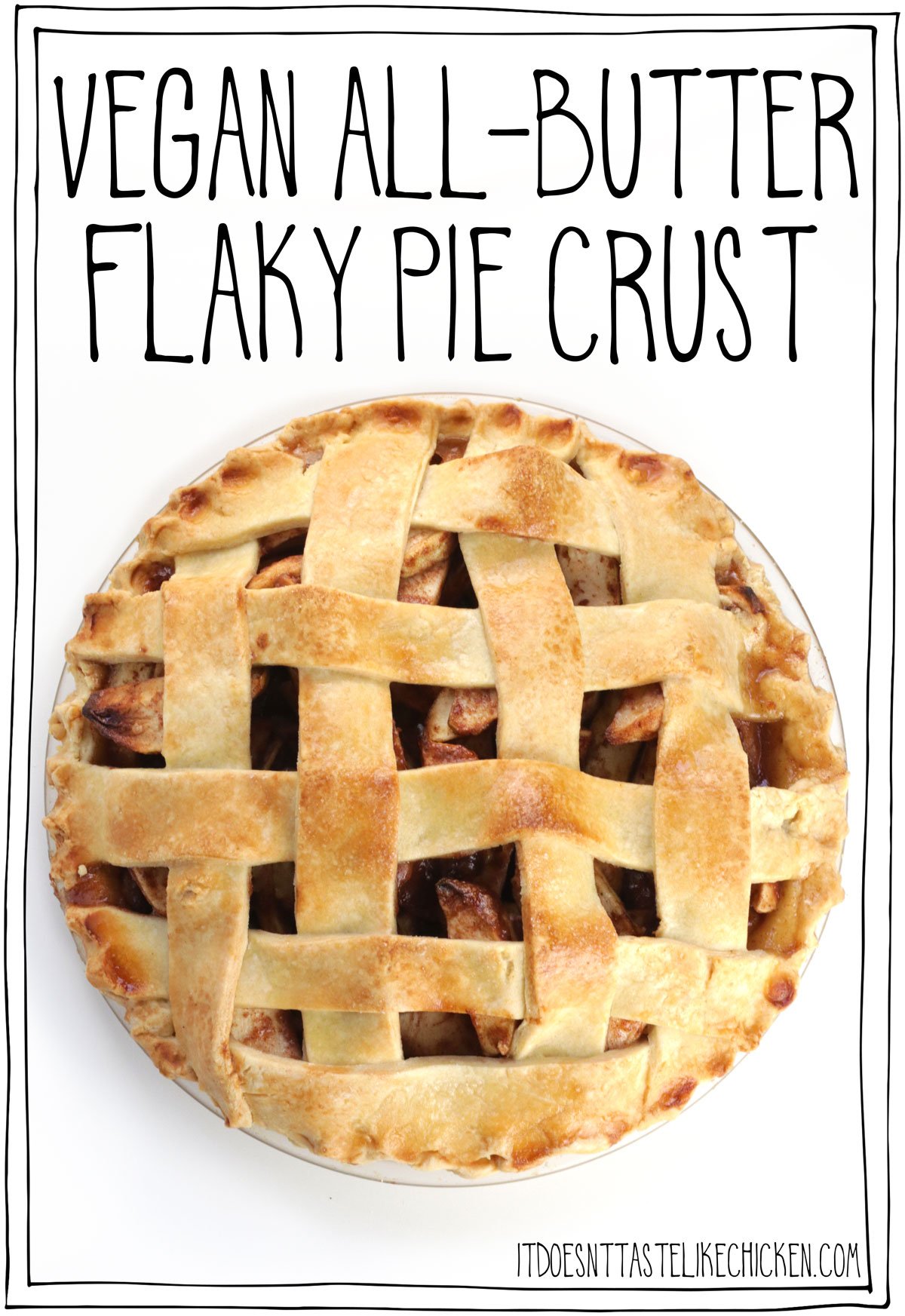
 354 views
354 viewsVegan All-Butter Flaky Pie Crust
itdoesnttastelikechicken.com
Your folders

 198 views
198 viewsFlaky Gluten-Free Pie Crust (Vegan)
minimalistbaker.com
20 minutes
Your folders

 480 views
480 viewsPerfectly Flaky Pie Crust
foodnetwork.com
4.6
(63)
Your folders

 230 views
230 viewsFoolproof Flaky Pie Crust
completelydelicious.com
4.7
(22)
Your folders
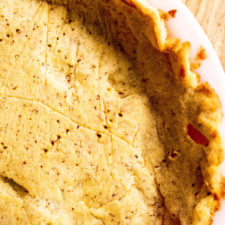
 277 views
277 viewsFlaky Keto Pie Crust
perfectketo.com
Your folders
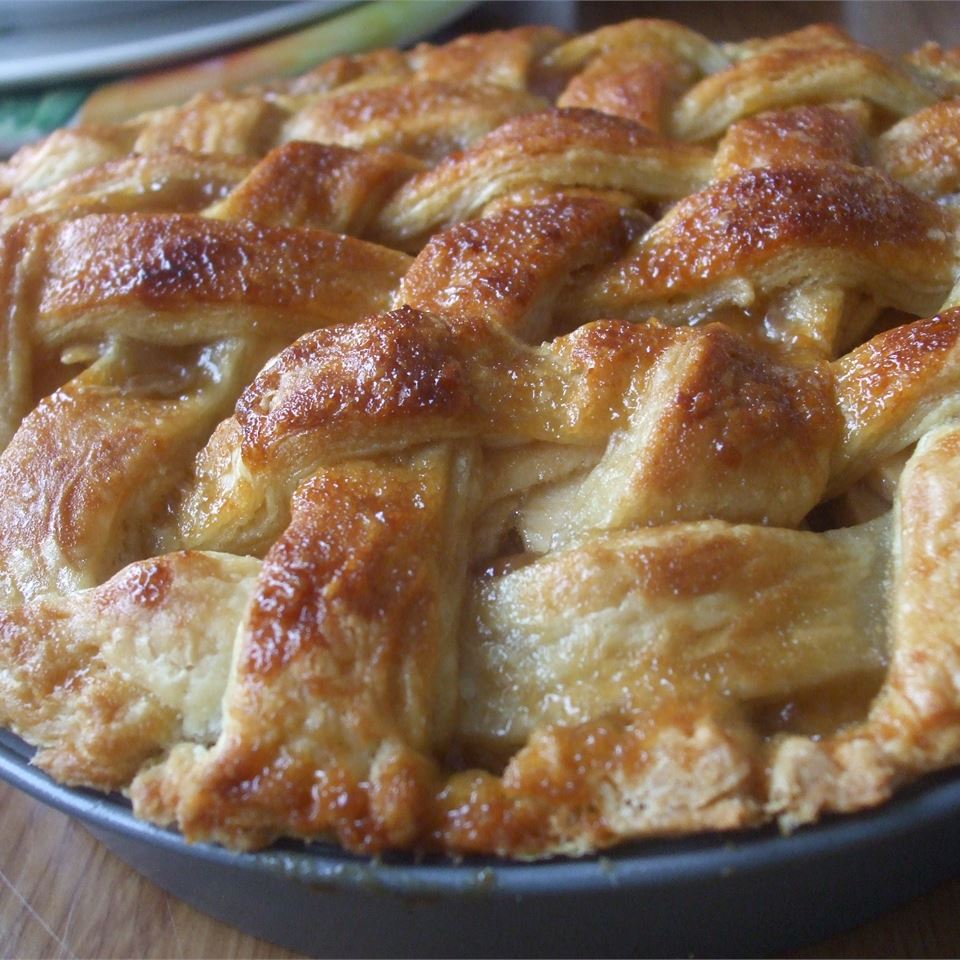
 299 views
299 viewsButter Flaky Pie Crust
allrecipes.com
4.7
(2.1k)
Your folders

 356 views
356 viewsFlaky Homemade Pie Crust
spendwithpennies.com
5.0
(16)
Your folders
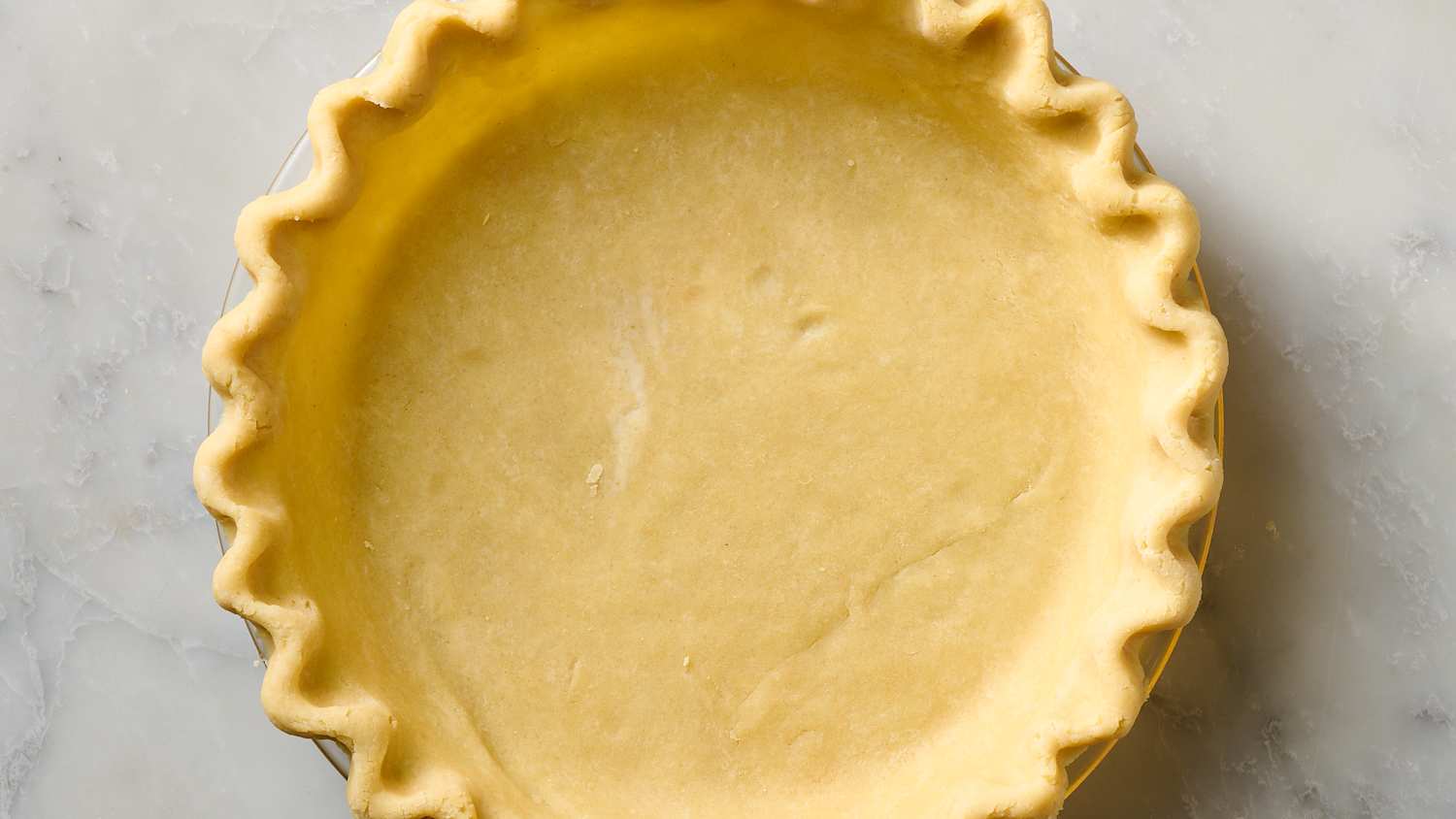
 17 views
17 viewsFlaky Vodka Pie Crust
thekitchn.com
Your folders

 257 views
257 viewsLow sodium, flaky pie crust
kidneyrd.com
Your folders

 266 views
266 viewsSimple, flaky pie crust recipe
blog.thermoworks.com